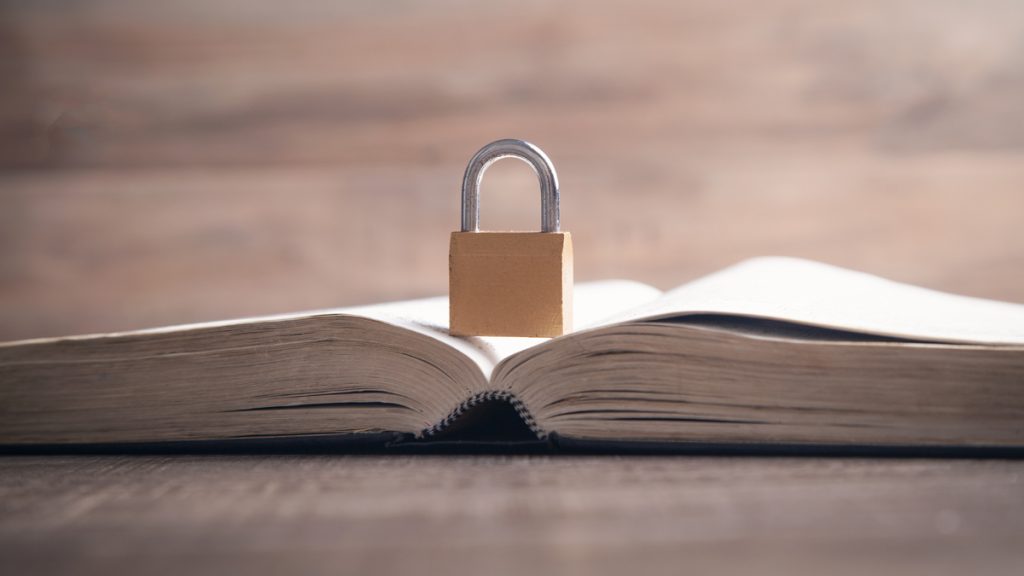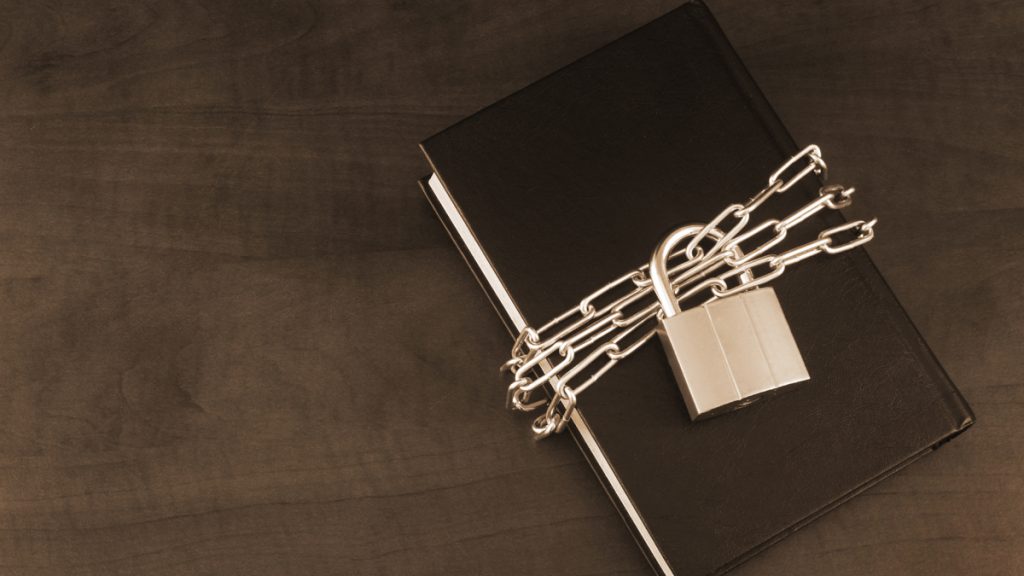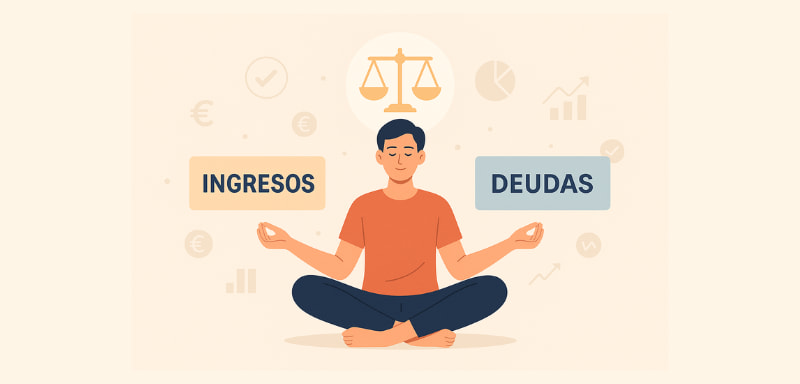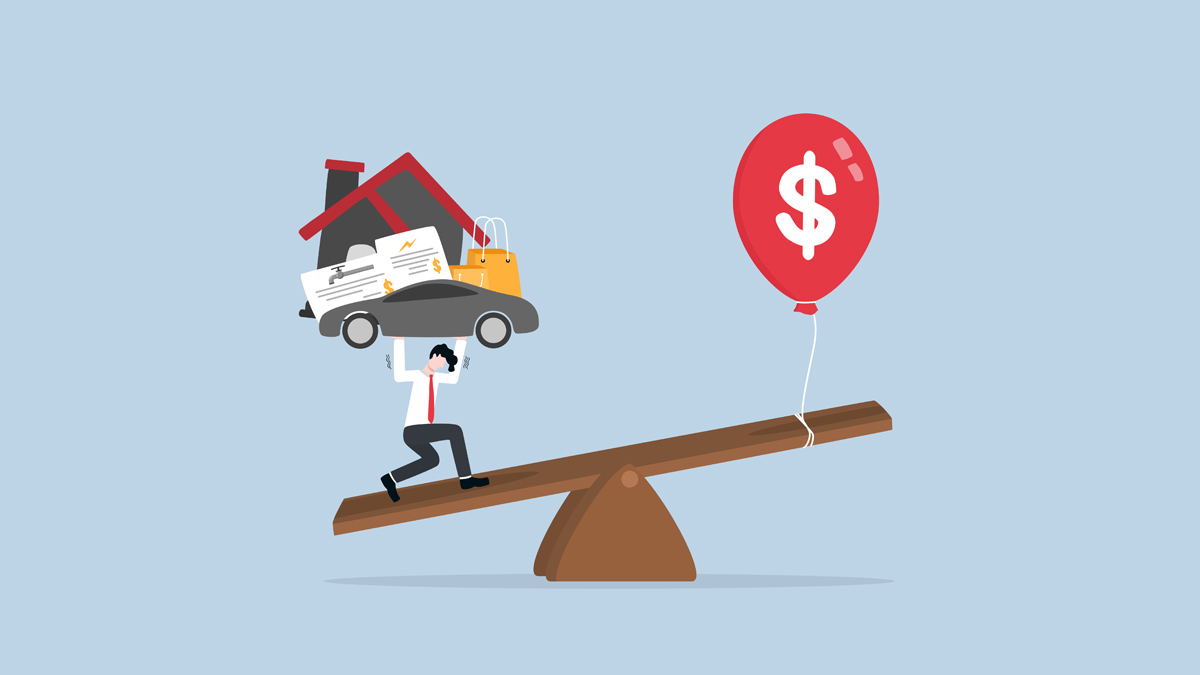Entertainment
The number of banned books is on the rise again
Every year, hundreds of books are challenged and sometimes banned from schools and libraries around the country. Find out which books are at the top of the list and why they're so controversial.
Anuncios
Why is there a ban of books in the United States and what are the consequences?

Book banning has been occurring for centuries; hence, it is not a new phenomenon. However, the issue has gained more significance in recent times due to the ongoing culture war. As a result, books that deal with sexuality, gender identity, and racism are increasingly under threat of being banned from public schools and libraries.
Unfortunately, censorship tactics have escalated, and the number of challenged books has risen in the past few years. This has been a regular feature in the news as the list of banned books continues to grow. The advocates of book banning argue that these books are still available for purchase, even if they are no longer available in public libraries. However, they fail to realize that this is only true for individuals with sufficient resources.
Public libraries and schools are the only means of accessing literature for a large number of people, particularly children and teenagers. Therefore, banning books from public libraries and schools may deprive them of the opportunity to engage with different types of literature.
What are banned books?
A book ban occurs when a particular literary work is no longer available in public libraries or school curriculums due to objections to its content by a group of people. This attempt to remove a book from public spaces is known as a «challenge.»
Many public schools and libraries in the United States have boards with elected officials who can make decisions on book bans in the institutions they oversee. The significance of book bans lies in the fact that they restrict access to information and ideas contained within those books based solely on another person’s political or ideological motivations.
Serás redirigido a otro sitio
Is there an increase in banned books in the country?
Indeed, there is an organization responsible for monitoring book bans and challenges in the United States, namely the American Library Association (ALA). Their latest report presents some disturbing statistics. According to ALA, there were 729 challenges for 1,597 books in 2021.
This represents an increase of over 50% from the data in 2020, and it’s also the highest number of challenges recorded since ALA began tracking them. However, it’s possible that the actual numbers are even higher if libraries fail to report some of the challenges.
What are the top ten banned books?
A recent study by PEN America revealed that a significant proportion of challenged books primarily address the history of racism in the United States, LGBTQIA+ themes, and communities of color. In 2021, one out of every three books banned by school districts in the U.S. dealt with LGBTQIA+ subjects.
According to the American Library Association, these are the top 10 challenge books in 2021:
- “This Book Is Gay,” written by Juno Dawson;
- “The Bluest Eye,” written by Toni Morrison;
- “Out of Darkness,” written by Ashley Hope Perez;
- “All Boys Aren’t Blue,” written by George M. Johnson;
- “The Hate U Give,” written by Angie Thomas;
- “Gender Queer,” written by Maia Kobabe;
- “The Absolutely True Diary of a Part-Time Indian,” written by Sherman Alexie;
- “Me and Earl and the Dying Girl,” written by Jesse Andrews;
- “Lawn Boy,” written by Jonathan Evison;
- “Beyond Magenta,” written by Susan Kuklin.
Throughout history, many books that were once banned have become staples in modern classroom teachings. According to the American Library Association, some of these titles include «To Kill a Mockingbird» by Harper Lee, «1984» by George Orwell, and «The Lord of the Flies» by William Golding.
How institutions are fighting the ban on books

Numerous public libraries and associations in America celebrate Banned Books Week annually, during which they provide free access to banned books to people of all ages through in-person events or by offering e-books with a special card.
Earlier this year, the Nashville Public Library protested against book bans with a unique library card that reads «I read banned books» as part of their Freedom to Read campaign.
Tendencias

Trucos para ahorrar electricidad agua y gas de forma fácil y efectiva
Pequeños cambios pueden hacer una gran diferencia en tu factura. Aquí te compartimos trucos efectivos para gastar menos en luz, agua y gas.
Continúe Leyendo
Préstamo Personal Openbank: Solicita hasta 24.000 € sin comisiones de apertura
Descubre cómo obtener financiación rápida y sin comisiones de apertura con el Préstamo Personal Openbank. Trámite totalmente online.
Continúe Leyendo
Solvencia financiera: el pilar olvidado de unas finanzas saludables
Si quieres una vida financiera saludable, necesitas comprender tu solvencia. Te contamos cómo se mide y cómo fortalecerla.
Continúe LeyendoTambién te puede interesar

What HCOL area means: it affects your life?
Learn the meaning of HCOL, so you can make better choices at life. This impacts every aspect of your life, so keep reading to learn about it.
Continúe Leyendo
Mi Préstamo Express: Así de sencillo es conseguir hasta 3.000€
Descubre si Mi Préstamo Express es la mejor opción para conseguir dinero rápido en España. Análisis completo de ventajas y requisitos.
Continúe Leyendo
Memberships at Costco: The Smartest Way to Save Big!
Are memberships at Costco worth it? Get insights into bulk savings, cashback rewards, and exclusive perks that help you save more every year!
Continúe Leyendo